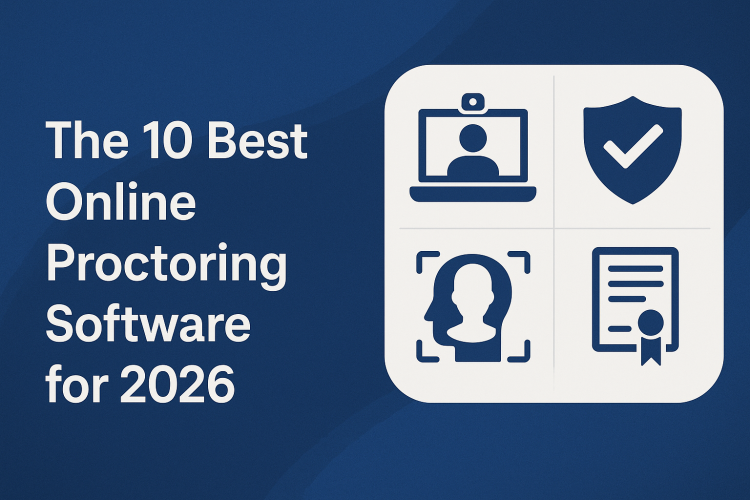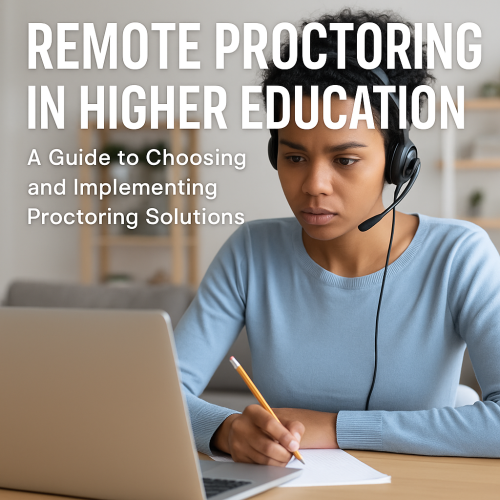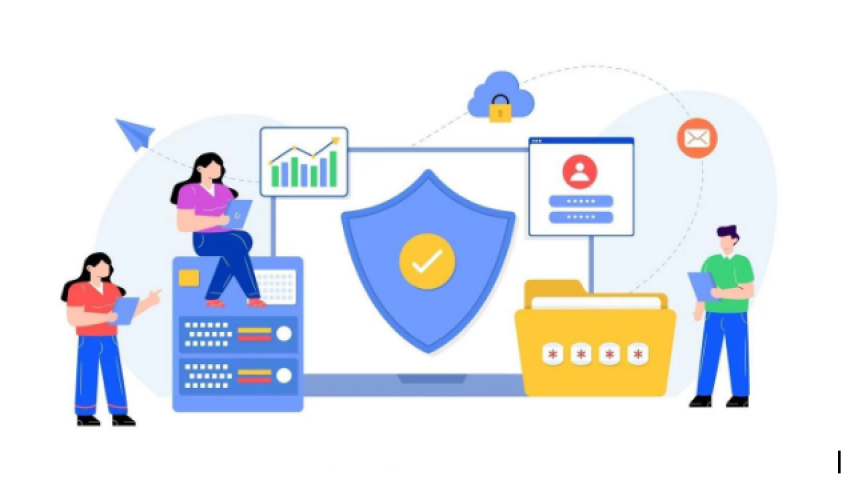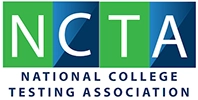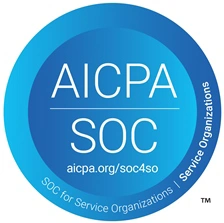Online proctoring has revolutionized how educational institutions conduct assessments, enabling secure testing environments regardless of where students are located. At Proctor360, we understand that the process doesn't end when the student submits their exam. In fact, one of the most critical aspects of online proctoring occurs afterward: the review process.
Effectively reviewing proctored exam results is essential for maintaining academic integrity, identifying potential misconduct, and ensuring fairness across all assessments. In this comprehensive guide, we'll share expert tips to help instructors, administrators, and proctoring professionals streamline their review process while maximizing the benefits of online proctoring technology.
The Growing Importance of Efficient Review Processes
According to recent data from Educause's 2024 Horizon Report, 78% of higher education institutions now regularly use some form of online proctoring for their assessments. With this widespread adoption, the volume of proctoring data to review has increased dramatically. A 2023 study by the Online Learning Consortium found that instructors spend an average of 4.5 hours per week reviewing proctored exam footage and reports.
This significant time investment highlights why developing efficient review processes isn't just convenient—it's necessary for sustainable assessment practices.
Essential Strategies for Effective Review
1. Prioritize Flagged Sessions
Not all proctored exam sessions require the same level of scrutiny. Our platform, like most advanced proctoring solutions, uses sophisticated algorithms and live proctors to flag potential issues during exams.
We recommend implementing a risk-based approach to review:
- High-Priority Review: Sessions with critical flags (potential unauthorized resources, third-party assistance, or suspicious behavior patterns)
- Medium-Priority Review: Sessions with technical anomalies or brief suspicious activities
- Low-Priority Review: Random sampling of sessions with no flags for quality assurance
A recent International Center for Academic Integrity survey revealed that institutions using a tiered review approach reduced their overall review time by 62% while maintaining the same detection rates for academic misconduct.
2. Understand Your Flagging System
Our Proctor360 platform categorizes potential integrity issues into different risk levels:
- Low Risk: Minor environmental issues (background noise, inappropriate attire, workspace concerns)
- Medium Risk: Concerning behaviors that may have legitimate explanations (looking away from screen, wearing headphones)
- High Risk: Serious potential violations (leaving testing area, third-party presence)
- Confirmed Violations: Definitively identified misconduct (mobile phone usage, third-party assistance)
Understanding these distinctions helps you focus your attention on the most serious concerns first. According to our internal data, approximately 85% of low-risk flags do not constitute actual violations, while over 70% of high-risk flags warrant further investigation.
3. Use the AFV Approach (Access, Filter, View)
For maximum efficiency, we recommend following a structured review process:
A - Access: Log into your learning management system and navigate to the proctoring results section.
F - Filter: Apply filters to display only sessions with significant flags or confirmed violations. Most platforms allow filtering by severity level, violation type, or specific behaviors.
V - View: Review the specific moments in question rather than watching entire sessions. Our platform timestamps all flagged incidents, allowing you to jump directly to relevant segments.
This methodical approach has been shown to reduce review time by up to 90% compared to unstructured reviews, according to 2024 research from the Quality Matters organization.
4. Consider Context and Patterns
When reviewing flagged incidents, consider:
- Student history: Is this a first-time flag or part of a pattern?
- Exam difficulty: More challenging exams may naturally produce more "looking away" behaviors as students think through complex problems
- Time patterns: Clusters of flags during specific exam sections might indicate particular challenges
- Technical factors: Some flags may be triggered by connectivity issues, hardware limitations, or software conflicts
A 2023 study in the Journal of Academic Ethics found that consideration of contextual factors reduced false positive identifications of misconduct by 43%.
5. Document Your Findings Systematically
Maintain detailed records of your review process:
- Note which sessions were reviewed and why
- Document specific timestamps of concerning behavior
- Record your conclusions and reasoning
- Save screenshots or clips of clear violations for potential academic integrity proceedings
Thorough documentation is crucial not only for academic integrity cases but also for improving your proctoring setup over time. The American Association of Collegiate Registrars and Admissions Officers (AACRAO) recommends retaining these records according to your institution's data retention policies.
Leveraging Technology to Enhance Review Efficiency
Our 360 Total View™ technology captures a complete environmental view, providing unprecedented visibility during review. Unlike traditional webcam-only solutions, our comprehensive capture ensures you can see the entire testing environment when reviewing flagged sessions.
When combined with our multi-level proctoring options, you can:
- Customize review depth based on exam stakes: High-stakes exams may warrant more thorough reviews
- Implement AI pre-screening: Use our AI tools to perform initial reviews and highlight only the most concerning incidents
- Utilize side-by-side viewing: Simultaneously watch webcam footage, screen recordings, and environmental captures for comprehensive context
According to a 2024 survey by Gartner, institutions using advanced proctoring technologies with optimized review workflows reduced academic misconduct by 34% while simultaneously decreasing faculty review time by over 50%.
Best Practices for Different Types of Exams
Different assessment types require tailored review approaches:
For High-Stakes Exams (Final Exams, Certification Tests)
- Review all high-risk and confirmed violation flags
- Sample at least 10-15% of medium-risk flags
- Document findings extensively for potential appeals
For Regular Quizzes and Tests
- Focus primarily on high-risk and confirmed violation flags
- Use patterns across multiple assessments to identify concerning trends
- Implement random sampling of clean sessions (approximately 5%)
For Open-Book or Open-Note Exams
- Adjust flagging thresholds to accommodate expected behaviors
- Focus review on collaboration attempts rather than resource access
- Compare time stamps of similar answers among students
Common Review Challenges and Solutions
Challenge: Overwhelming Volume of Footage
Solution: Implement the AFV method and focus on flagged moments rather than watching full sessions. Our internal data shows this approach reduces review time by up to 85%.
Challenge: Determining Intent vs. Accident
Solution: Look for patterns of behavior rather than isolated incidents. The International Center for Academic Integrity suggests that intentional misconduct typically shows multiple flags across different categories.
Challenge: Technical Glitches Causing False Flags
Solution: Our platform distinguishes between technical anomalies and actual behavioral concerns. When reviewing, check if connectivity issues coincided with flags by examining the technical log data available in our review interface.
Challenge: Time Constraints for Faculty
Solution: Consider a tiered review approach where teaching assistants or proctoring staff conduct initial reviews of lower-risk flags, escalating only significant concerns to faculty members.
Integrating Review Findings with Teaching Improvements
The review process offers valuable insights beyond misconduct detection:
- Identify difficult exam sections: Questions that generate more "looking away" behaviors or time investment might need clarification
- Detect knowledge gaps: Patterns of students struggling with similar content areas
- Refine test design: Questions frequently associated with potential violations may need restructuring
A 2023 study in the Journal of Educational Technology Systems found that institutions using proctoring review data to inform teaching improvements saw an average 18% increase in student performance on subsequent assessments.
FAQs About Reviewing Proctored Exam Results
Q: How long should we retain proctored exam recordings? A: We recommend following your institution's data retention policies, typically between 30 days and one academic year. The Council for Higher Education Accreditation suggests a minimum retention period of one full semester to accommodate grade appeals.
Q: What's the best approach for communicating potential violations to students? A: We recommend a transparent, educational approach rather than an accusatory one. Share specific evidence, timestamp information, and give students an opportunity to explain. According to research from the International Center for Academic Integrity, this approach results in more productive conversations and fewer disputed cases.
Q: How can we distinguish between academic dishonesty and nervous behaviors? A: Look for patterns and consistency. Nervous behaviors tend to be consistent throughout an exam, while dishonest behaviors typically cluster around specific questions or time periods. Our multi-angle recording capabilities provide additional context that helps make this distinction clearer.

